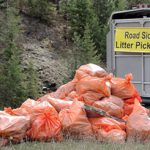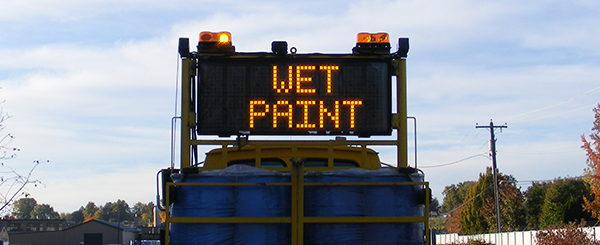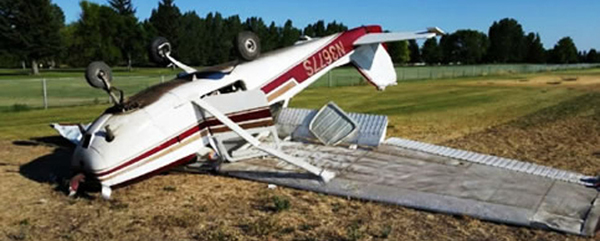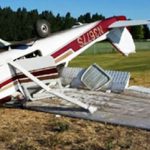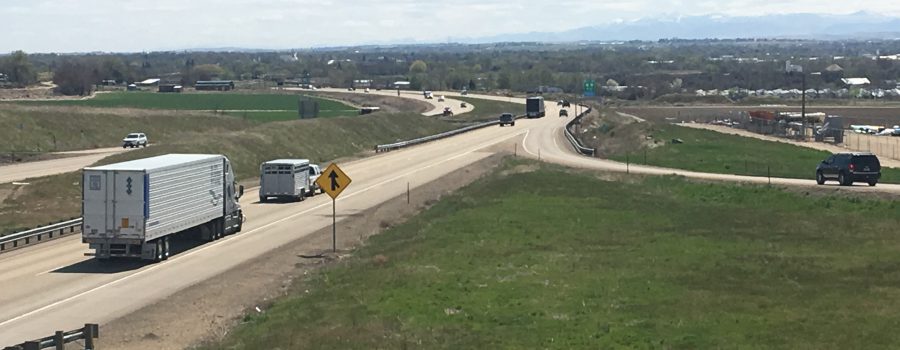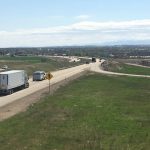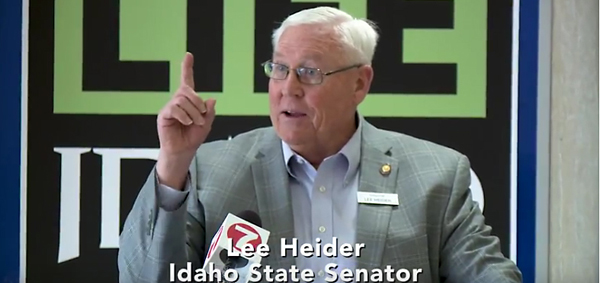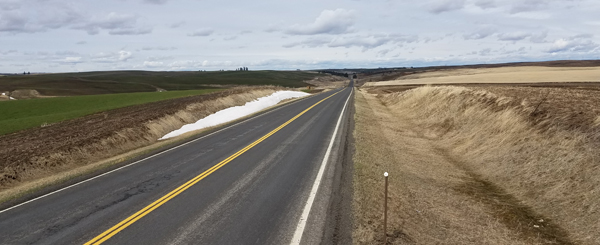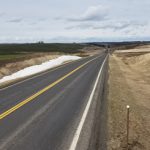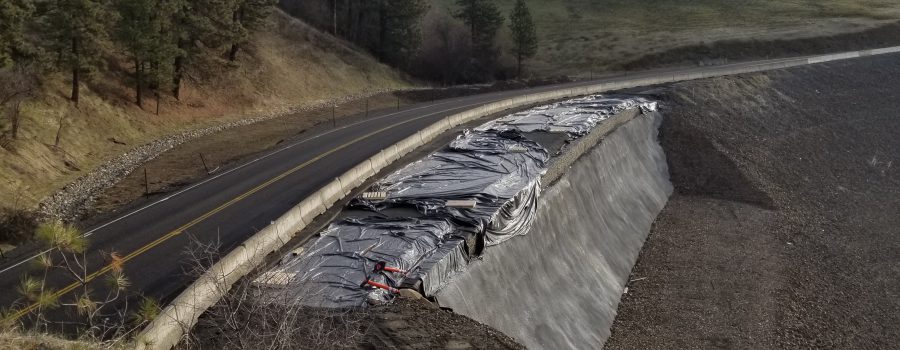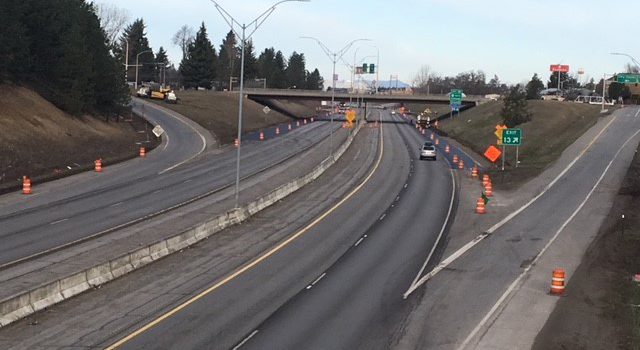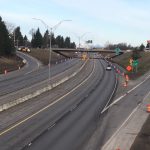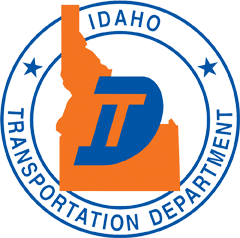Pet peeves, anonymous notes and 25 years
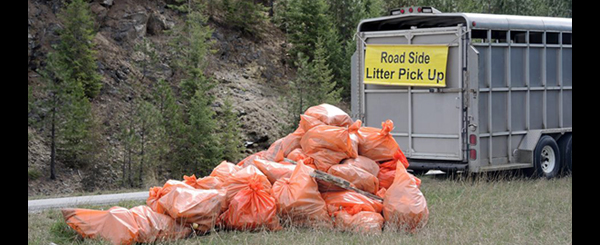
Sherry Mundt has a particular pet peeve. She doesn’t like trash, and she really doesn’t like seeing it next to highways.
Her 680-acre farm sits along US-95 just eight miles south of Coeur d’Alene. Situated along a major route for locals and waste management services, she has seen her fair share of waste pile up next to the road.
“I’d be driving to town or heading back home, and I’d notice trash,” Mundt said. “I’d be mentally picking it up while I drove.”
Mundt finds the litter bothersome, and she takes pride in her community. That’s why 25 years ago she became an active participant in the Adopt-A-Highway program—a branch of the Idaho Transportation Department that connects volunteers with supplies and services to reduce trash along highways.
Although Mundt tends to other sections, the one-mile stretch in front of her property is her primary focus. Twice a year she spends 30 hours removing 30-40 bags of litter from that section alone.
Robin Karsann, an Adopt-A-Highway coordinator for North Idaho, said volunteers like Mundt collect enough trash from the area to fill 20 residential garbage trucks every year.
“More than 2,000 volunteers gave nearly 5,000 hours last year,” Karsann said. “That is a significant savings and outstanding benefit to our community.”
Throughout the years, Mundt said she had her own community of cheerleaders. Motorists passing by would honk to show their support and crews with the Idaho Transportation Department would offer assistance.
Then five years ago a new form of support found its way to Mundt’s mailbox. Little notes of gratitude and gift cards signed by neighbors she had yet to meet appeared regularly after her semiannual cleaning sessions.
“I kept them because they were encouraging,” Mundt said. “I’d read them before I signed up for another couple of years. They inspired me to keep doing what I was doing.”
It was not until this last January that Mundt met those neighborhood supporters, Mike and Kathy Barnes from the Mica Flats area, at another community function.
“Turns out they would occasionally take their children out to pick up trash, too,” Mundt said. “They said they wanted their children to learn to be like me.”
Mundt, now in her early 60s, will resign from Adopt-A-Highway duties next April, but she said she does not doubt that her community will continue in her stead.
“The ongoing dedication of community members like Mundt who continue to help keep our highways clean year after year cannot be appreciated enough,” Karsann said.
For anyone who would like to adopt a stretch of highway, there are more than 100 miles still available in North Idaho. Interested volunteers may contact the Coeur d’Alene office at (208) 772-1200 or visit itd.idaho.gov/road-mtce.

